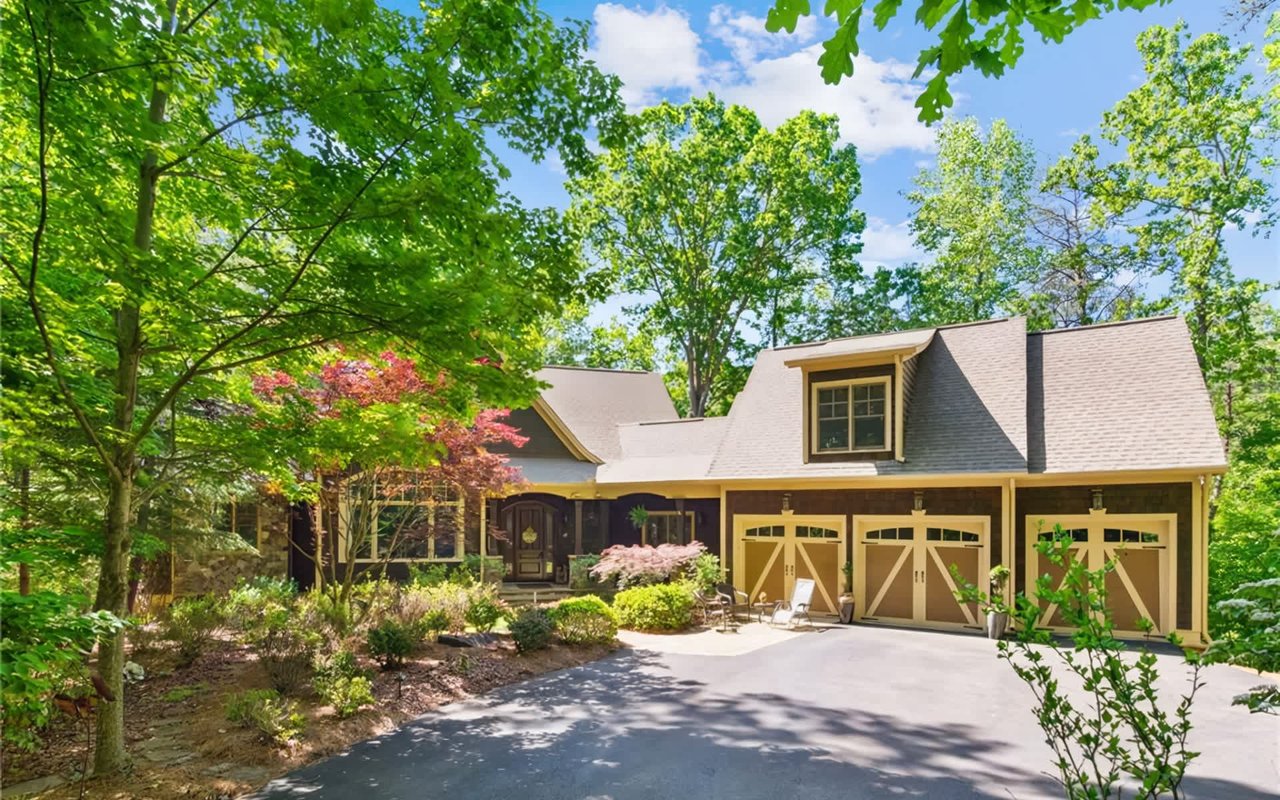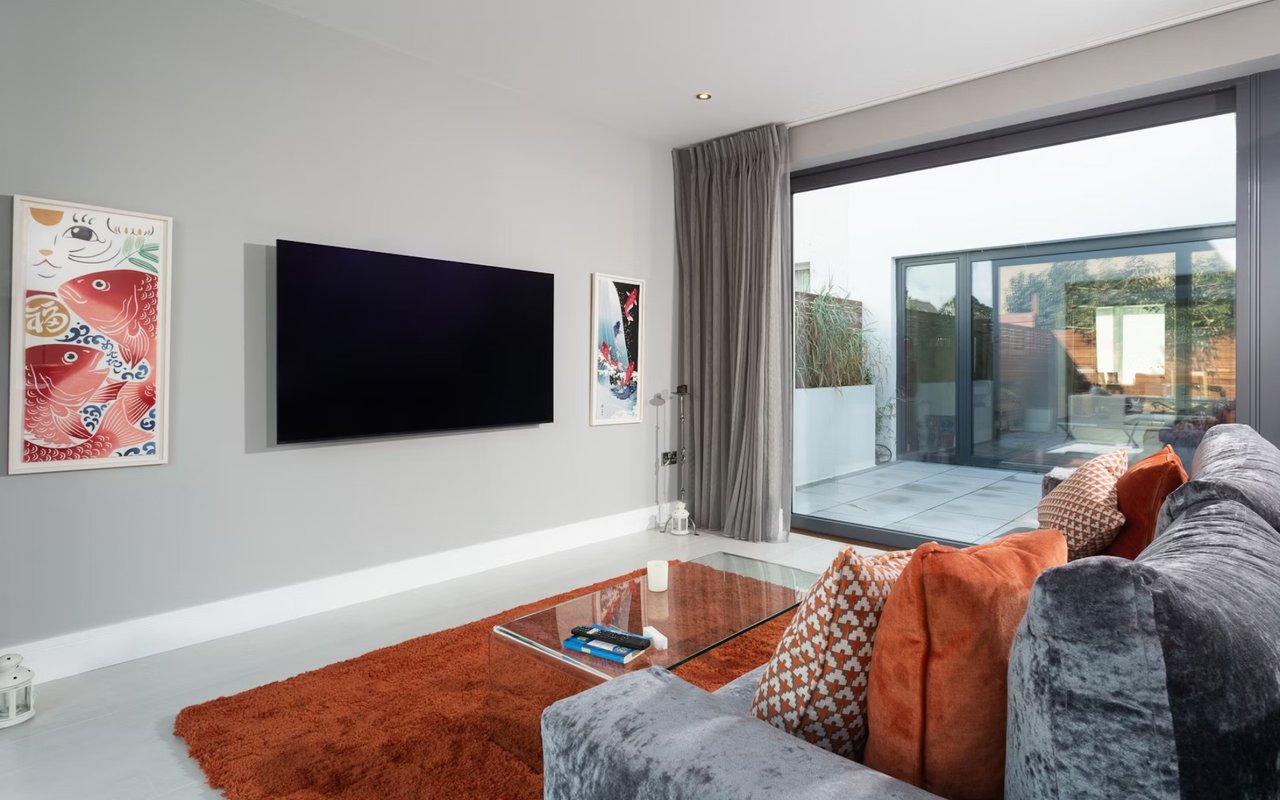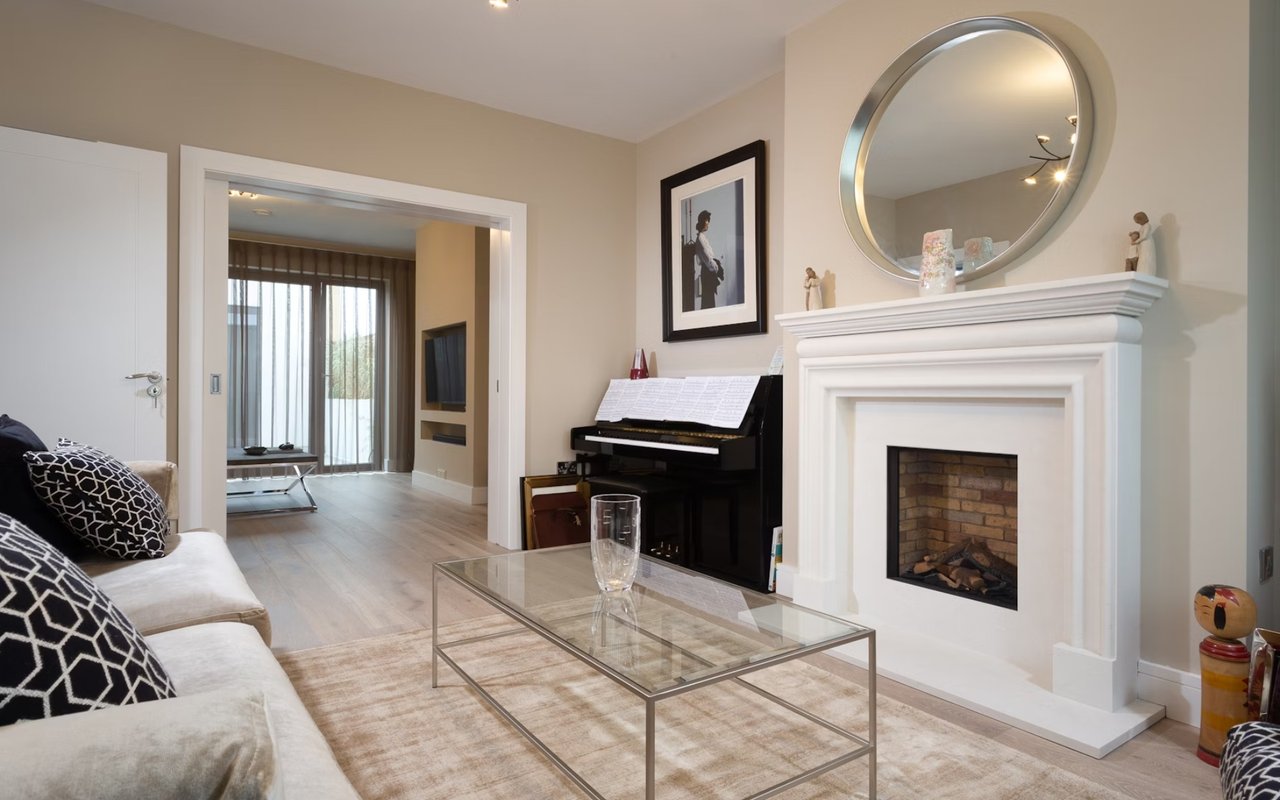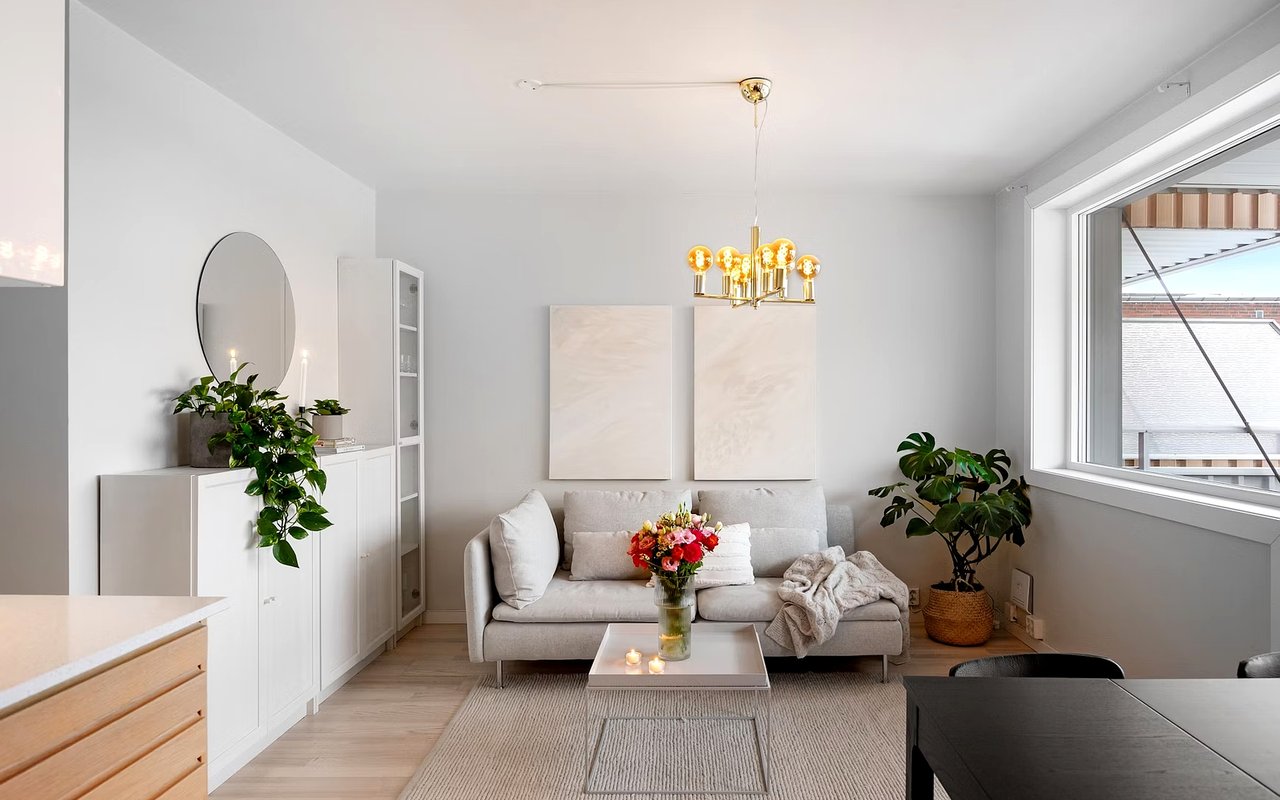Architectural house styles reflect the cultural and historical influences of their time, showcasing various design elements, materials, and aesthetics. Whether you’re planning to build a new home or are simply curious about the diverse styles that have shaped residential architecture, understanding these popular house styles can enhance your appreciation of the built environment. This guide explores seven of the most popular architectural house styles, highlighting their distinctive characteristics and historical context.
1. Colonial
Overview
Colonial architecture is one of the most enduring styles in American residential design. Originating in the 1600s, this style draws inspiration from the early European settlers' homes, particularly those from England, Spain, and the Netherlands.
Key Features
Colonial houses are typically two or three stories, characterized by symmetrical facades, steeply pitched roofs, and evenly spaced windows. The most common materials used in Colonial homes include brick, wood, and stone. Decorative elements such as gables, dormers, and pilasters often enhance the entrance, giving it a stately appearance.
Historical Context
Colonial architecture reflects the simplicity and practicality of early American life. As settlers sought to create comfortable and functional living spaces, they adapted European designs to suit the local climate and available materials. The style has evolved into various sub-styles, including Georgian, Federal, and Dutch Colonial, each with its unique characteristics.
2. Victorian
Overview
Victorian architecture emerged during the reign of Queen Victoria in the mid-19th century. This style is marked by its elaborate ornamentation and eclectic design elements, reflecting the prosperity of the Industrial Revolution.
Key Features
Victorian houses often feature asymmetrical shapes, decorative trim, and vibrant colors. They may have intricate woodwork, bay windows, and steeply pitched roofs. The use of varied materials, such as brick, wood, and stone, is common, with an emphasis on craftsmanship and detail. Styles within the Victorian category include Gothic Revival, Italianate, and Queen Anne.
Historical Context
Victorian architecture represents a shift towards more elaborate and decorative design in response to the growing wealth of the middle class. The style was also influenced by the Arts and Crafts movement, which emphasized handmade craftsmanship. Many Victorian homes were built in urban areas, showcasing the growth and industrialization of American cities during this period.
3. Craftsman
Overview
Craftsman architecture, also known as the Arts and Crafts movement, gained popularity in the early 20th century. This style emphasizes simplicity, natural materials, and handcrafted details.
Key Features
Craftsman homes typically feature low-pitched gable roofs, wide overhanging eaves, and exposed rafters. They often incorporate built-in furniture, such as bookcases and benches, and use materials like wood, stone, and brick. The front porch is a prominent feature, often adorned with thick square columns and decorative beams.
Historical Context
The Craftsman style emerged as a reaction against the mass production and ornate details of the Victorian era. It sought to promote a return to quality craftsmanship and a connection to nature. Craftsman homes are often found in suburban neighborhoods and are celebrated for their timeless appeal and functionality.
4. Modern
Overview
Modern architecture arose in the early to mid-20th century as a departure from traditional styles. This design philosophy emphasizes simplicity, functionality, and the use of new materials and technologies.
Key Features
Modern homes are characterized by clean lines, open floor plans, and large windows that create a seamless connection between indoor and outdoor spaces. Flat or low-pitched roofs are common, and the design often incorporates materials like concrete, glass, and steel. The emphasis is on minimalism, with decorative elements kept to a minimum.
Historical Context
The Modern movement emerged as a response to the ornate styles of the past, reflecting the societal changes of the time, including industrialization and urbanization. Architects sought to create spaces that were functional and efficient, promoting a lifestyle that embraced simplicity and innovation.
5. Mediterranean
Overview
Mediterranean architecture draws inspiration from the coastal regions of Spain, Italy, and Greece. This style gained popularity in the early 20th century, particularly in warmer climates.
Key Features
Mediterranean homes often feature stucco exteriors, red-tiled roofs, and arched doorways and windows. Courtyards and terraces are common, providing outdoor living spaces. Decorative elements such as wrought iron railings, ceramic tiles, and colorful mosaics add to the charm of these homes.
Historical Context
The Mediterranean style reflects the relaxed lifestyle of coastal living, emphasizing a connection to nature and outdoor spaces. It became popular in the United States as a response to the need for homes that could withstand warm climates while offering a sense of elegance and charm.
6. Ranch
Overview
The Ranch style, also known as the Rambler, emerged in the 1920s and became widely popular in the post-World War II era. This style is characterized by its long, low profile and open layout.
Key Features
Ranch homes typically feature a single story with a long, horizontal design. They often have large windows and sliding glass doors that connect the indoors with outdoor spaces. The open floor plan is a hallmark of this style, providing a sense of spaciousness and flexibility.
Historical Context
Ranch-style homes became popular as families sought more affordable housing options in the suburbs. The design reflects a desire for casual living and easy access to outdoor areas, aligning with the lifestyle of the mid-20th century. This style has since evolved into various sub-styles, including California Ranch and Neo-Eclectic.
7. Contemporary
Overview
Contemporary architecture refers to the design styles that are popular in the present day. This term encompasses a wide range of influences and trends, often blending different architectural styles.
Key Features
Contemporary homes are known for their innovative designs, open spaces, and integration of sustainable materials. They often feature large windows, flat roofs, and unique shapes that prioritize natural light and energy efficiency. The use of eco-friendly materials and smart home technology is becoming increasingly common in contemporary designs.
Historical Context
Contemporary architecture reflects current societal values and technological advancements. As environmental concerns rise, architects are focusing on creating homes that are not only aesthetically pleasing but also sustainable and energy-efficient. This style continues to evolve, responding to changing lifestyles and preferences.
Appreciating the Variety of Architectural Styles
Understanding architectural house styles is essential for anyone interested in residential design or real estate. Each style has a unique history and set of characteristics that contribute to the rich tapestry of architectural diversity. From the classic lines of Colonial homes to the sleek aesthetics of contemporary designs, these styles reflect cultural influences and societal changes throughout history. Whether you're considering building a new home, renovating an existing one, or simply appreciating the architectural beauty in your community, knowing the differences between these popular styles can enhance your experience and understanding of the built environment.
Looking to navigate the real estate market with confidence? Tom Petrigliano & Carolyn Littell at North GA Properties are the experts you need by your side. With a deep understanding of the local market and a commitment to client satisfaction, Tom and Carolyn will work tirelessly to help you find your dream home or maximize the sale of your property. Whether you're a first-time buyer, an experienced investor, or looking to sell, Tom & Carolyn offer personalized services tailored to your unique needs. Don’t leave your real estate journey to chance—reach out to Tom Petrigliano & Carolyn Littell at North GA Properties today and take the first step toward achieving your real estate goals!
Looking to navigate the real estate market with confidence? Tom Petrigliano & Carolyn Littell at North GA Properties are the experts you need by your side. With a deep understanding of the local market and a commitment to client satisfaction, Tom and Carolyn will work tirelessly to help you find your dream home or maximize the sale of your property. Whether you're a first-time buyer, an experienced investor, or looking to sell, Tom & Carolyn offer personalized services tailored to your unique needs. Don’t leave your real estate journey to chance—reach out to Tom Petrigliano & Carolyn Littell at North GA Properties today and take the first step toward achieving your real estate goals!




